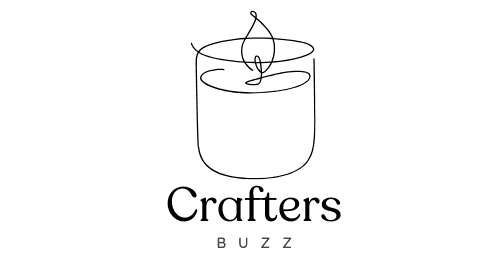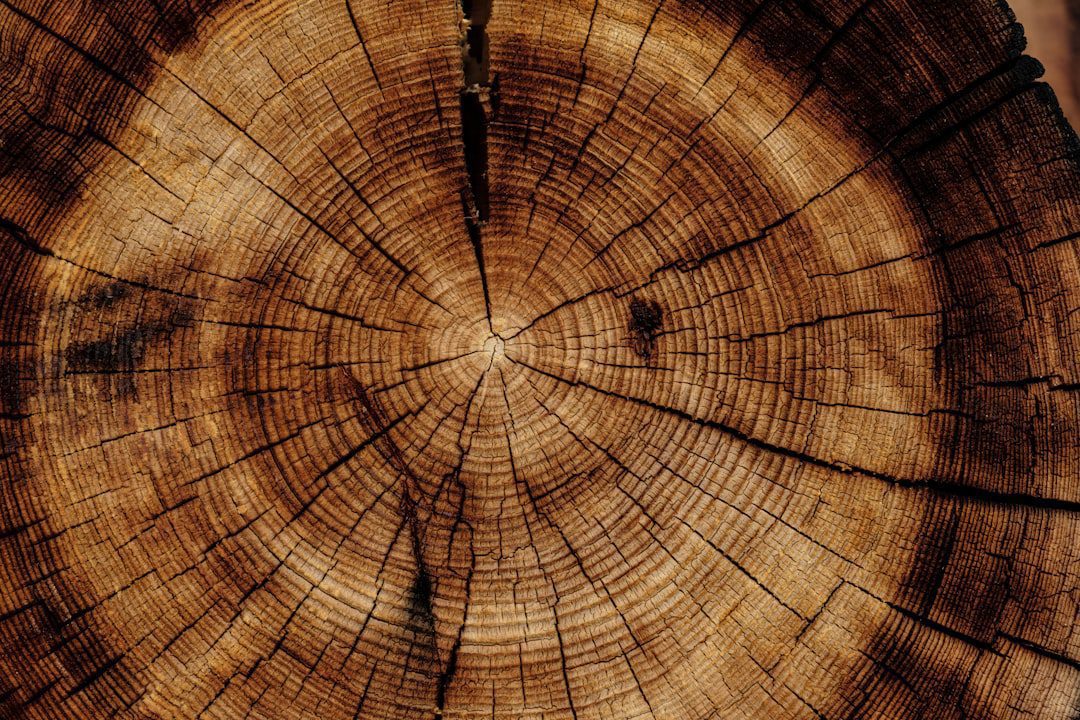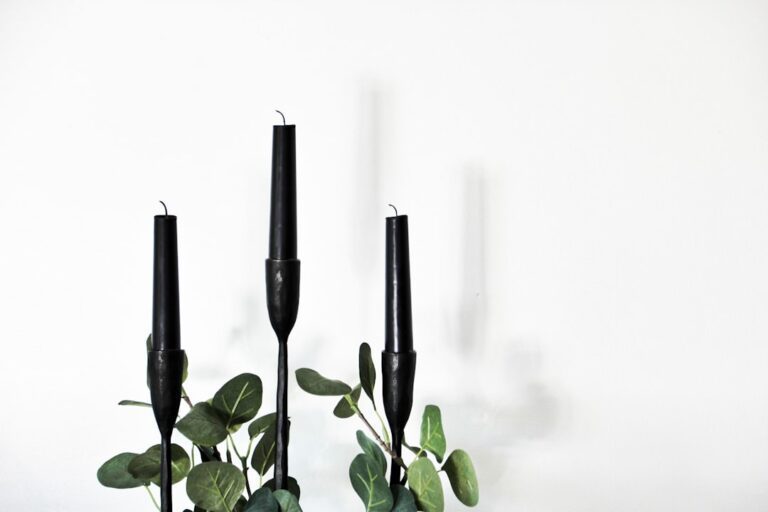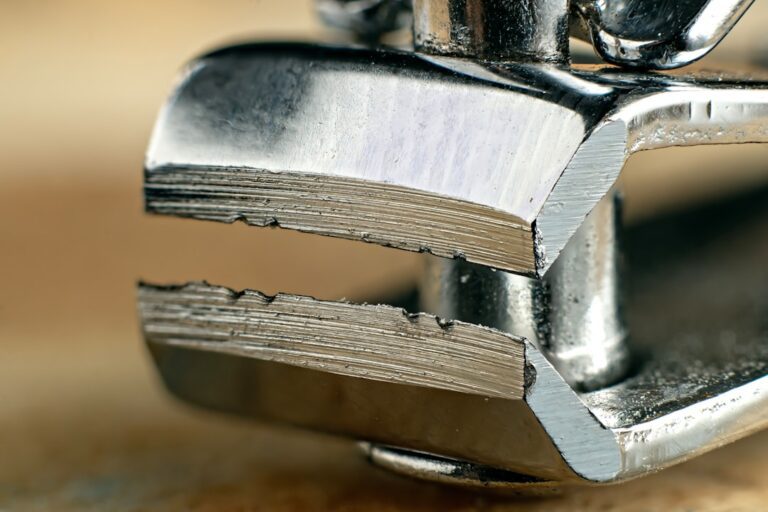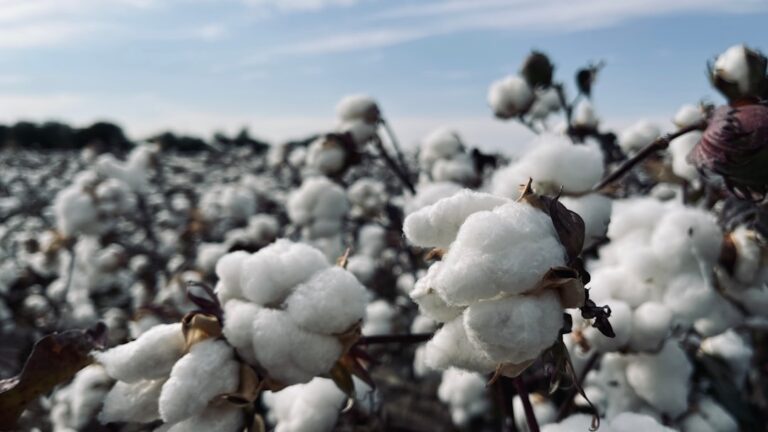A look at paper-core wicks and their suitability for various types of candles.
In the realm of candle making, the choice of wick is pivotal to the overall performance and aesthetic of the finished product. Among the various wick types available, paper-core wicks have emerged as a popular option for both amateur and professional candlemakers. These wicks are constructed with a core made of paper, which is often braided or twisted, and are typically coated with a layer of wax.
This design not only enhances the structural integrity of the wick but also influences how it burns. The unique properties of paper-core wicks allow for a consistent and reliable burn, making them an attractive choice for those looking to create high-quality candles. The resurgence of interest in natural and eco-friendly products has further propelled the popularity of paper-core wicks.
As consumers become more conscious of the materials used in their everyday items, candlemakers are responding by seeking out wicks that align with these values. Paper-core wicks are often seen as a more sustainable alternative to traditional cotton or synthetic wicks, as they can be made from renewable resources and are biodegradable. This article delves into the advantages and disadvantages of using paper-core wicks, their suitability for various types of wax, and practical tips for incorporating them into candle-making projects.
Advantages and Disadvantages of Using Paper-Core Wicks
One of the primary advantages of paper-core wicks is their ability to produce a steady and even flame. The paper core provides structural support, allowing the wick to stand upright in the wax pool without bending or collapsing. This stability is crucial for achieving an optimal burn, as it ensures that the wick remains centered and allows for an even melt pool.
Additionally, paper-core wicks tend to have a lower tendency to mushroom or produce excessive soot, which can be a common issue with other wick types. This characteristic not only contributes to a cleaner burn but also enhances the overall aesthetic appeal of the candle. However, there are also disadvantages associated with paper-core wicks that candlemakers should consider.
One notable drawback is their sensitivity to moisture; if exposed to high humidity or water, these wicks can absorb moisture and lose their structural integrity. This can lead to issues such as uneven burning or difficulty in lighting the wick. Furthermore, while paper-core wicks are generally compatible with various wax types, they may require specific sizing and treatment to achieve optimal performance.
Candlemakers must experiment with different wick sizes and wax formulations to find the perfect combination for their desired results.
Suitability of Paper-Core Wicks for Soy Candles
When it comes to soy candles, paper-core wicks can be an excellent choice due to their compatibility with the characteristics of soy wax. Soy wax is known for its clean-burning properties and ability to hold fragrance well, making it a favorite among many candlemakers. The structure of paper-core wicks complements soy wax by providing a consistent burn that allows for an even melt pool.
This is particularly important for soy candles, as an uneven burn can lead to tunneling, where the wax burns down the center while leaving a significant amount of wax on the sides. Moreover, paper-core wicks can enhance the scent throw of soy candles. The steady flame produced by these wicks helps to release fragrance oils more effectively, resulting in a stronger aroma when the candle is lit.
This is especially beneficial for those who prioritize scent in their candle-making endeavors. However, it is essential to select the appropriate size of paper-core wick for soy candles, as using a wick that is too small may result in poor performance, while an oversized wick can lead to excessive soot and a faster burn time.
Suitability of Paper-Core Wicks for Beeswax Candles
Beeswax candles are celebrated for their natural properties and unique honey-like scent. When considering the use of paper-core wicks in beeswax candles, several factors come into play. One significant advantage is that paper-core wicks can handle the higher melting point of beeswax compared to other waxes like paraffin or soy.
This makes them suitable for creating beeswax candles that burn evenly and efficiently. The structural integrity provided by the paper core ensures that the wick remains stable throughout the burn cycle, which is crucial for maintaining an even melt pool. However, candlemakers must be cautious when using paper-core wicks with beeswax due to the potential for excessive soot production if the wick is not properly sized.
Beeswax has a natural tendency to produce more soot than other waxes when burned, especially if the wick is too large or if there is an imbalance between the wick size and wax type. Therefore, it is essential to conduct thorough testing to determine the ideal wick size that will allow for a clean burn while maximizing the unique qualities of beeswax.
Suitability of Paper-Core Wicks for Paraffin Candles
Paraffin wax has long been a staple in candle making due to its affordability and versatility. When it comes to using paper-core wicks with paraffin candles, there are several considerations that candlemakers should keep in mind. One notable advantage is that paraffin wax typically burns hotter than natural waxes like soy or beeswax, which can complement the performance of paper-core wicks.
The higher temperature can help ensure that the wick maintains a consistent flame and promotes an even melt pool. However, paraffin candles can also present challenges when paired with paper-core wicks. The soot produced by burning paraffin can be more pronounced than with other waxes, particularly if the wick is not appropriately sized or if there is an excess of fragrance oil in the formulation.
Candlemakers must carefully balance wick size and wax formulation to minimize soot production while ensuring optimal performance. Additionally, paraffin’s tendency to shrink as it cools can create gaps between the wick and wax, potentially leading to issues with lighting and burning consistency.
Tips for Using Paper-Core Wicks in Candle Making
To achieve the best results when using paper-core wicks in candle making, several practical tips can help ensure success. First and foremost, selecting the right wick size is crucial. Candlemakers should refer to manufacturer guidelines or conduct tests with different sizes to determine which works best with their specific wax type and formulation.
A wick that is too small may result in poor burning performance, while one that is too large can lead to excessive soot and a fast burn rate. Another important consideration is the treatment of the wick before use. Pre-soaking paper-core wicks in melted wax can enhance their performance by ensuring they are fully saturated before being placed in the candle mold.
This practice helps prevent issues such as tunneling or uneven burning once the candle is lit. Additionally, ensuring that the wick is centered during pouring will contribute to an even burn and optimal melt pool.
Comparing Paper-Core Wicks to Other Wick Types
When evaluating paper-core wicks against other types such as cotton or wood wicks, several distinctions emerge that influence their suitability for various applications. Cotton wicks are widely used due to their availability and ease of use; however, they may not provide the same level of stability as paper-core wicks. Cotton wicks can bend or collapse under certain conditions, leading to uneven burns or tunneling issues.
In contrast, paper-core wicks maintain their shape better during burning, which can result in a more consistent performance. Wooden wicks have gained popularity in recent years due to their unique aesthetic appeal and crackling sound when burned. However, they require specific conditions to perform optimally and may not be suitable for all types of waxes.
Paper-core wicks offer a more versatile option that can work well across various wax types while providing reliable performance. Ultimately, the choice between these wick types will depend on individual preferences and specific project requirements.
The Future of Paper-Core Wicks in Candle Making
As consumers continue to seek out sustainable and eco-friendly products, paper-core wicks are likely to maintain their relevance in the candle-making industry. Their unique properties offer numerous advantages that align with current market trends favoring natural materials and clean-burning options. With ongoing advancements in wick technology and materials science, it is plausible that we will see further innovations in paper-core wick design that enhance their performance even more.
The future of candle making will undoubtedly involve a blend of tradition and innovation, where materials like paper-core wicks play a significant role in shaping new trends and practices within this creative field. As candlemakers experiment with different formulations and techniques, paper-core wicks will continue to be an essential component in crafting high-quality candles that meet consumer demands for both aesthetics and sustainability.
If you’re interested in learning more about the history and impact of taxes on candle usage, check out this article on Crafters Buzz. Understanding the context in which candles have been used and regulated throughout history can provide valuable insights into the industry. Additionally, if you’re looking to enhance the aesthetic appeal of your candles, you may want to explore the use of dyes and pigments for coloring. Crafters Buzz has a helpful guide on using dyes and pigments for candle coloring that can help you achieve the perfect hue for your creations.
FAQs
What are paper-core wicks?
Paper-core wicks are candle wicks that are made with a paper core surrounded by a braided cotton or linen outer layer. The paper core provides structure and stability to the wick, while the outer layer helps with the wicking process.
What types of candles are paper-core wicks suitable for?
Paper-core wicks are suitable for a variety of candle types, including container candles, pillar candles, and votive candles. They are also commonly used in scented candles and specialty candles.
What are the benefits of using paper-core wicks in candles?
Paper-core wicks are known for their consistent and clean burn. They also tend to have a lower soot and smoke output compared to other types of wicks. Additionally, paper-core wicks are often more rigid and less prone to bending or flopping over during the burning process.
Are there any limitations to using paper-core wicks in candles?
While paper-core wicks are suitable for many types of candles, they may not be the best choice for certain types of wax blends or candle sizes. It’s important to consider the specific requirements of the candle and the type of wax being used when selecting a wick.
